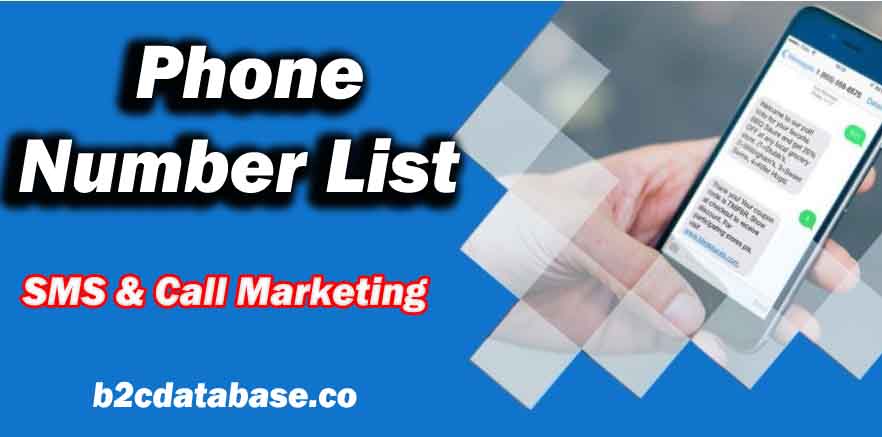Post by b2cdatabase on Feb 7, 2024 7:50:29 GMT 1
It can be called the language of quick reading and simple form, which expresses sincere intentions and leaves no room for understatements. The plain language standard has been used abroad for a long time (including in Germany - Leichte Sprache , or in Great Britain - plain language ), mainly by government administration. Simple Polish is our native equivalent of this standard, which is successfully used not only in offices, but also in business and marketing communication. Where to communicate simply? Basically, any area that involves the construction of texts can be a field for applying the principles of plain language. It is used both in external communication (including with clients, the media and the business environment) and internal communication (with current and potential employees).
Simple language is used primarily in the Phone Number List ase of difficult official letters, regulations, announcements, operating instructions, procedures and forms. From a content marketer's perspective, the following are also particularly important: content for websites (e.g. product descriptions, blog articles, press releases), e-mails to clients or colleagues, reports and presentations , content for social media . Source: hoPoPolsku The most important rules of plain language Since simple language is a certain communication standard, simple text must meet certain conditions. So how do you create accessible content? Whenever you can, avoid : mental shortcuts, difficult industry vocabulary, complicated grammatical structures, impersonal form, passive voice and gerunds, writing the obvious, walls of text.

Instead use : short sentences (maximum 15-20 words), commonly understandable words, more verbs than nouns, correct Polish, headings and bullet points, recipient's perspective, clear call to action. Both abbreviations and understatements, as well as overly complex formulations, are the enemy of simple language. The key is to find the golden mean - that is, to create a text that will reach a wide audience, but at the same time will not make the reader feel patronized. Text simplification levels If you look at the rules listed above, you can see that they apply to different layers of text: substantive, grammatical, structural, relational. At the substantive level, pay attention to the choice of vocabulary that will be tailored to the target group. If the text is to reach a wide audience, avoid using specialized language, jargon or slang that is incomprehensible to everyone.
Simple language is used primarily in the Phone Number List ase of difficult official letters, regulations, announcements, operating instructions, procedures and forms. From a content marketer's perspective, the following are also particularly important: content for websites (e.g. product descriptions, blog articles, press releases), e-mails to clients or colleagues, reports and presentations , content for social media . Source: hoPoPolsku The most important rules of plain language Since simple language is a certain communication standard, simple text must meet certain conditions. So how do you create accessible content? Whenever you can, avoid : mental shortcuts, difficult industry vocabulary, complicated grammatical structures, impersonal form, passive voice and gerunds, writing the obvious, walls of text.

Instead use : short sentences (maximum 15-20 words), commonly understandable words, more verbs than nouns, correct Polish, headings and bullet points, recipient's perspective, clear call to action. Both abbreviations and understatements, as well as overly complex formulations, are the enemy of simple language. The key is to find the golden mean - that is, to create a text that will reach a wide audience, but at the same time will not make the reader feel patronized. Text simplification levels If you look at the rules listed above, you can see that they apply to different layers of text: substantive, grammatical, structural, relational. At the substantive level, pay attention to the choice of vocabulary that will be tailored to the target group. If the text is to reach a wide audience, avoid using specialized language, jargon or slang that is incomprehensible to everyone.

